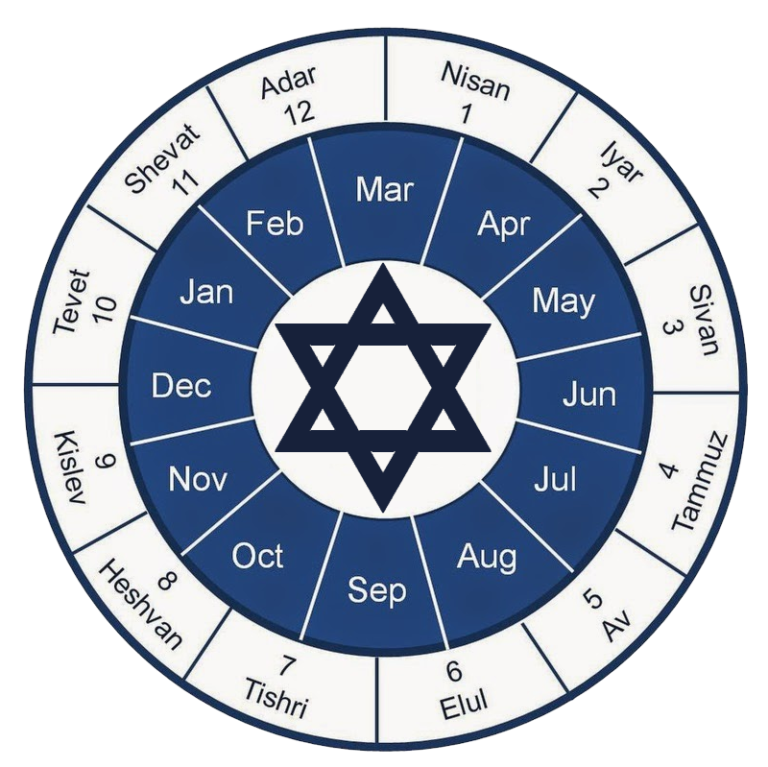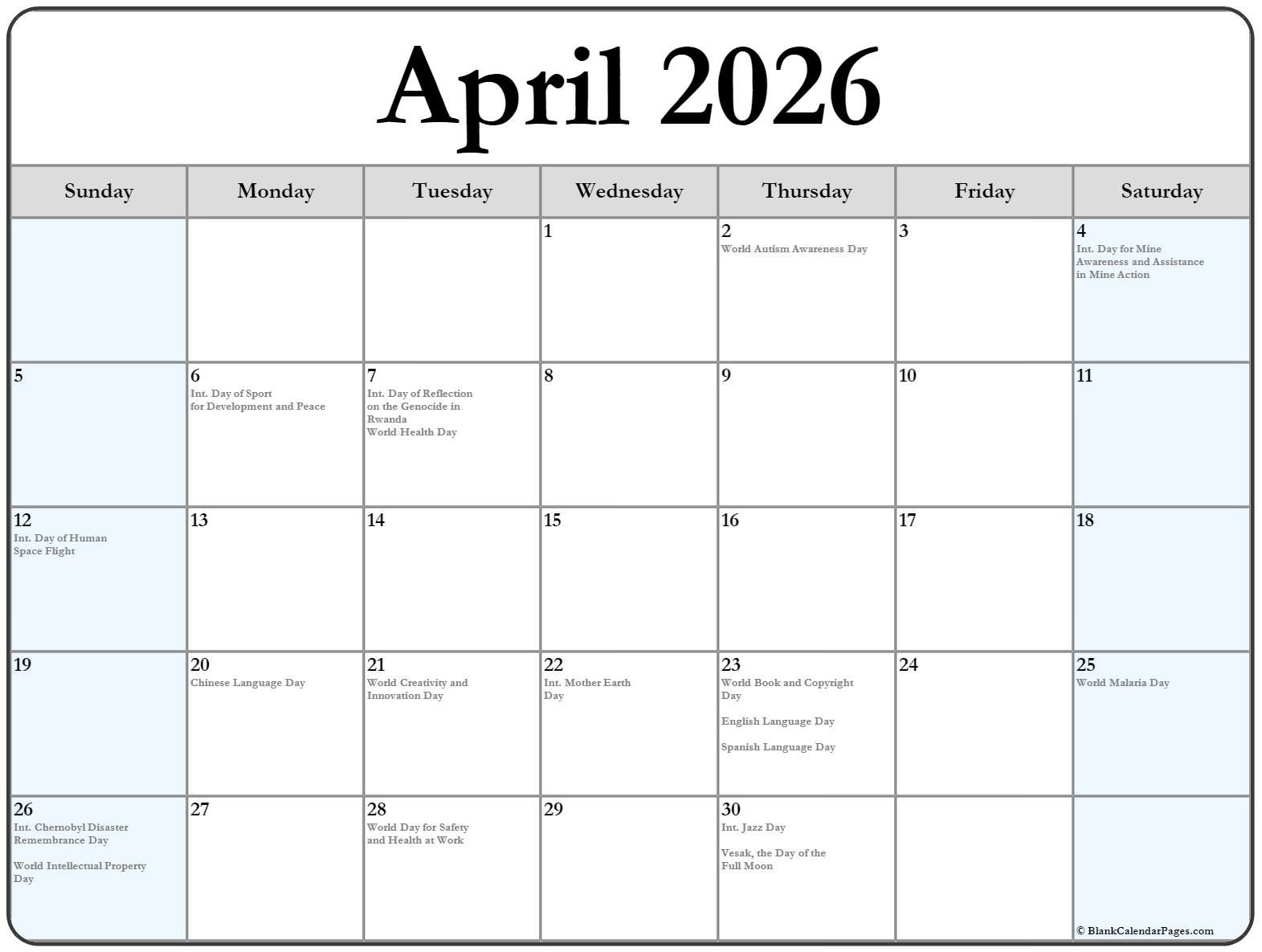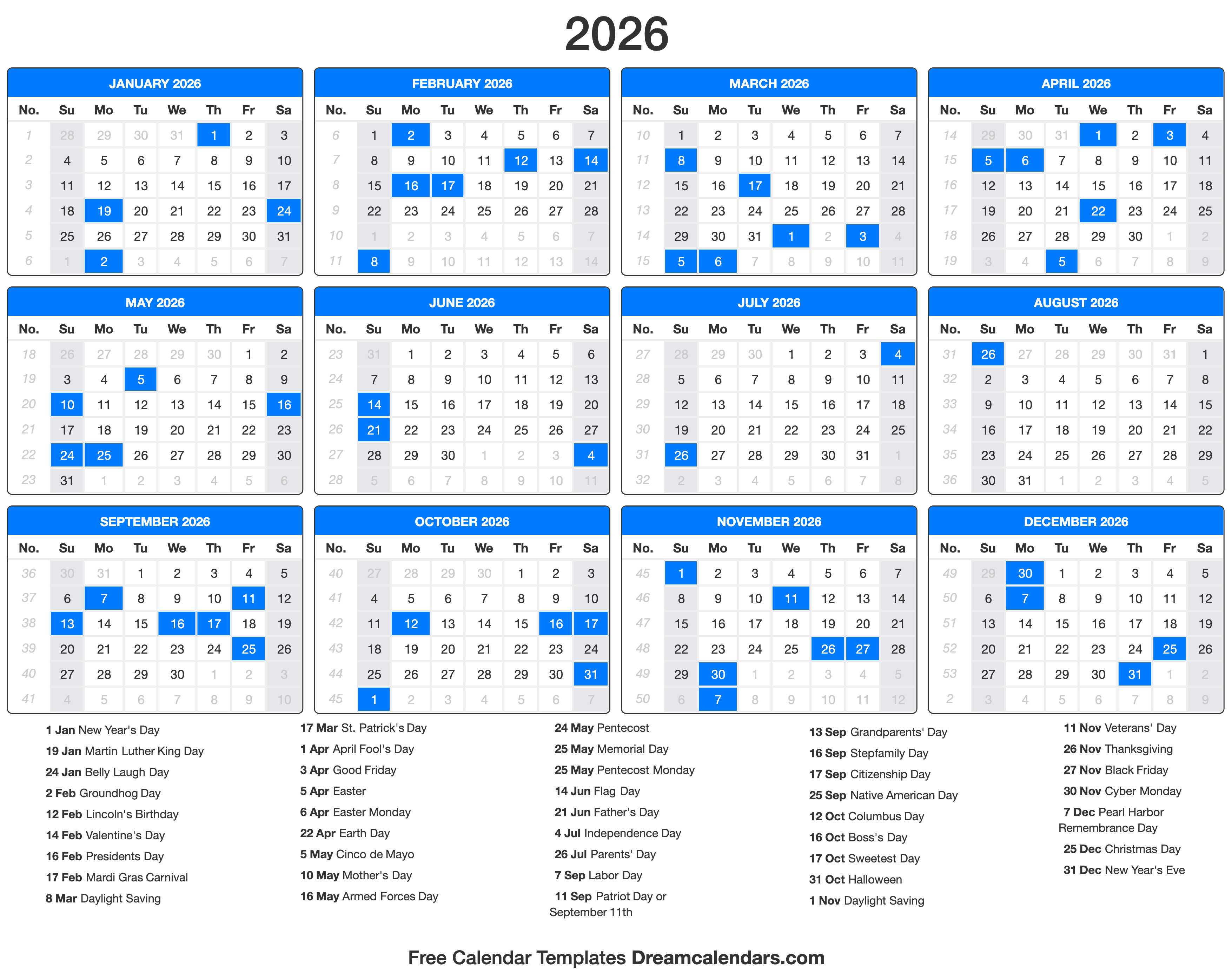
Introduction
Jewish calendar April 2026 represents a significant subject within its field, encompassing a range of practices, traditions, or applications that shape daily life and broader cultural or professional landscapes. Understanding Jewish calendar April 2026 provides clarity about its background, its present relevance, and the way it continues to influence various aspects of society. This particular period encapsulates a crucial segment of the Jewish year, featuring major festivals and commemorative days that hold profound meaning for communities worldwide. The intricate structure of the lunisolar calendar, with its unique method of calculating months and years, ensures that these observances align with both agricultural cycles and historical narratives, creating a rich tapestry of spiritual and communal engagement.
Definition and Origin of the Jewish Calendar
The Jewish calendar is a lunisolar calendar, meaning its months are determined by the cycles of the moon, while its years are aligned with the solar year to ensure that festivals fall in their appropriate seasons. This sophisticated system contrasts with the purely solar Gregorian calendar or purely lunar Islamic calendar. Its origins are deeply rooted in biblical times, with references to agricultural festivals and the timing of religious observances found throughout the Torah. The names of the months, such as Nisan and Iyar, which primarily span April 2026, have their roots in Babylonian exile, reflecting a historical layer over earlier biblical designations.
The calendar’s fundamental purpose is to regulate the timing of Jewish holidays and liturgical readings. A standard year comprises 12 lunar months, each typically 29 or 30 days long. To synchronize with the solar year and prevent seasonal drift of festivals like Passover (Pesach), which must occur in spring, a leap month (Adar II) is added seven times over a 19-year cycle. This intercalation system, known as the Metonic cycle, ensures that the calendar remains consistent over centuries. The current fixed calendar, as understood today, is largely attributed to Hillel II in the 4th century CE, who established the rules for calculating dates far into the future, thus standardizing practices for dispersed Jewish communities. This standardization eliminated the need for continuous astronomical observation and rabbinic decree, providing a reliable framework for religious life globally.
Importance of the Jewish Calendar Today
The enduring importance of the Jewish calendar extends far beyond mere timekeeping; it serves as the rhythmic pulse of Jewish life. For April 2026, the calendar dictates the timing of several pivotal observances, reinforcing historical memory, spiritual introspection, and communal solidarity. The precise dating of festivals ensures their consistent celebration across diverse geographic locations, fostering a sense of unity among Jewish people.
This calendrical system is critical for maintaining the integrity of religious practices, from daily prayers that reference specific times of day to weekly Shabbat observances and annual festivals. It connects contemporary generations to an ancient heritage, allowing them to relive and reflect upon foundational events in Jewish history. The cycle of holidays, meticulously ordered by the calendar, provides a structured pathway for spiritual growth and communal engagement, marking periods of joy, solemnity, remembrance, and renewal. For instance, the transition from the celebratory atmosphere of Passover to the solemnity of Yom HaShoah and the subsequent hope of Rosh Chodesh Iyar, all occurring within the framework of April 2026, illustrates the profound emotional and spiritual journey facilitated by the calendar’s design. Its adherence underscores a commitment to tradition and a continuous link to the past, while simultaneously shaping present-day identity and future aspirations.
Benefits of the Jewish Calendar
The benefits derived from adhering to the Jewish calendar are multifaceted, impacting spiritual, cultural, and communal dimensions of life. One primary advantage is the provision of a consistent framework for religious observance. This consistency allows individuals and communities to plan their spiritual lives, ensuring that holidays and significant dates are recognized and celebrated appropriately. The calendar fosters a deep connection to Jewish history and heritage, as each festival and fast day is linked to specific events, narratives, or agricultural cycles from antiquity. This historical anchoring helps to preserve collective memory and transmit cultural values across generations.
Furthermore, the calendar promotes communal cohesion. When all members of a community observe the same holidays at the same time, it strengthens bonds and reinforces a shared identity. This collective experience, whether through shared meals during festivals or collective prayer, creates a powerful sense of belonging. The cyclical nature of the calendar also offers opportunities for regular spiritual renewal and introspection. The progression from one holiday to the next often encourages reflection on different aspects of faith, ethics, and personal growth. For example, the period leading up to and including Passover in April 2026, emphasizes themes of freedom, liberation, and new beginnings, providing a spiritual reset. This structured approach to time allows for a deeper engagement with religious texts and traditions, enriching the lives of those who follow its rhythm.
Applications of the Jewish Calendar in April 2026
The practical applications of the Jewish calendar in April 2026 are evident in the specific observances that punctuate this month. The Gregorian month of April 2026 largely corresponds to the Hebrew months of Nisan and Iyar 5786, a period rich with significant events.
The most prominent application in April 2026 is the celebration of Pesach (Passover). Erev Pesach, the eve of Passover, begins at sunset on Saturday, April 11, 2026 (14 Nisan 5786), with the first Seder meal. The festival continues for seven days in Israel and among Reform Jews, and eight days in the Diaspora, concluding on Saturday, April 18, 2026 (21 Nisan) or Sunday, April 19, 2026 (22 Nisan). During this time, the primary application involves strict adherence to dietary laws, particularly the avoidance of chametz (leavened products), and the consumption of matzah (unleavened bread). The Seders themselves are elaborate rituals that retell the story of the Exodus from Egypt, involving specific foods, prayers, and songs. This period is a profound application of the calendar’s ability to dictate communal practice, dietary restrictions, and educational narratives.
Following Passover, another significant application occurs with Yom HaShoah (Holocaust Remembrance Day). In 2026, 27 Nisan falls on a Sunday (April 26). Due to the avoidance of observing solemn days on Shabbat or immediately adjacent to it, Yom HaShoah will be observed on Monday, April 27, 2026. This day is dedicated to remembering the six million Jews murdered during the Holocaust. Applications include communal ceremonies, educational programs, and moments of silence, serving as a solemn reminder of historical tragedy and a commitment to "never again."
The end of April 2026 also marks Rosh Chodesh Iyar, which begins at sunset on Monday, April 27, 2026, and continues through Tuesday, April 28, 2026. Rosh Chodesh, the start of a new Hebrew month, is a minor holiday marked by special prayers and readings in synagogues. Its application is primarily liturgical, signifying the monthly renewal of the lunar cycle and offering an opportunity for spiritual reflection. While not a major festival, it underscores the continuous rhythm of the calendar in marking time and spiritual progression. These events demonstrate how the calendar actively shapes the religious, cultural, and historical engagement of Jewish communities throughout April 2026.
Challenges and Future of the Jewish Calendar
Despite its ancient origins and enduring relevance, the Jewish calendar faces certain challenges, primarily related to its integration within a predominantly Gregorian-centric world. One significant challenge is the practical coordination of Jewish holidays with secular work and school schedules. Since Jewish holidays often involve abstaining from work or school, and their dates shift annually relative to the Gregorian calendar, this can create logistical complexities for individuals and institutions. Employers and educational bodies may need to make accommodations, and individuals must carefully plan around these varying dates.
Another challenge arises from the fixed nature of the calendar versus potential future astronomical discrepancies. While the calendar has proven remarkably accurate for centuries, minor discrepancies between the calculated new moon and the actual astronomical new moon can accumulate over very long periods. However, for practical purposes and the foreseeable future, these are negligible.
The future of the Jewish calendar remains robust due driven by its fundamental role in Jewish identity and practice. Technological advancements have eased some of the practical challenges; digital calendars and apps readily provide Jewish dates and holiday times, making it simpler for individuals to track observances. Furthermore, as global awareness of diverse cultures grows, there is increasing recognition and accommodation of different calendrical systems. The calendar’s inherent ability to connect past, present, and future ensures its continued centrality. Its structure provides a stable framework for religious life, offering a constant rhythm in an ever-changing world. The calendar’s future is secured by its profound spiritual significance and its indispensable function in maintaining Jewish continuity and heritage.
FAQs about the Jewish Calendar
Q1: What is the Jewish calendar?
A1: The Jewish calendar is a lunisolar calendar that determines the dates for Jewish holidays, festivals, and other religious observances. Its months are based on the lunar cycle, while its years are aligned with the solar cycle through the periodic addition of a leap month.
Q2: Why is the Jewish calendar important?
A2: The Jewish calendar is important because it provides the framework for Jewish religious life, connecting communities to ancient traditions, historical events, and agricultural cycles. It ensures the timely observance of holidays and fosters a shared sense of identity and heritage.
Q3: What are the main benefits of the Jewish calendar?
A3: The main benefits include providing a consistent structure for religious practice, fostering a deep connection to Jewish history, promoting communal cohesion through shared observances, and offering regular opportunities for spiritual introspection and renewal.
Q4: How can the Jewish calendar be applied in daily life?
A4: In daily life, the Jewish calendar dictates when to observe Shabbat, celebrate festivals like Passover, commemorate solemn days such as Yom HaShoah, and mark the start of new months (Rosh Chodesh). It influences dietary practices, work schedules, and family gatherings, especially during April 2026.
Q5: What challenges are associated with the Jewish calendar?
A5: Challenges include coordinating Jewish holiday observances with the secular Gregorian calendar, which can impact work and school schedules. Additionally, ensuring broad understanding and accommodation of its unique timing in a globally interconnected world presents logistical considerations.
Tips for Navigating the Jewish Calendar
Understand the fundamentals of the lunisolar system to appreciate its structure and the reasons behind its calculations. Focus on practical use by utilizing digital calendar tools or apps that integrate Jewish dates with secular calendars, making it easier to track holidays and observances. Stay updated on new trends or research related to calendar studies, although the core structure remains constant. Avoid common mistakes such as miscalculating holiday start times, especially since Jewish days begin at sunset. Adopt a long-term approach by recognizing the calendar as a continuous cycle that offers recurring opportunities for spiritual growth and connection, rather than just a collection of isolated dates.
Conclusion about the Jewish Calendar
The continuing importance of the Jewish calendar remains undeniable. It serves as an intricate and indispensable system that underpins Jewish religious, cultural, and historical life. Its cultural significance is profound, connecting generations to a rich tapestry of tradition and shared memory. Professionally, its influence necessitates thoughtful planning and accommodation in various sectors, from education to employment, particularly during periods such as April 2026 with its major observances. On a personal level, the calendar offers a rhythmic guide for spiritual development, introspection, and communal engagement, providing meaning and structure to daily existence. While challenges exist in navigating its unique timing within a secular world, its benefits in fostering identity, continuity, and spiritual depth far outweigh these complexities. The Jewish calendar ensures that its intricate framework remains a central element of progress and relevance into the future, perpetually guiding its adherents through the sacred cycles of time.







Leave a Reply